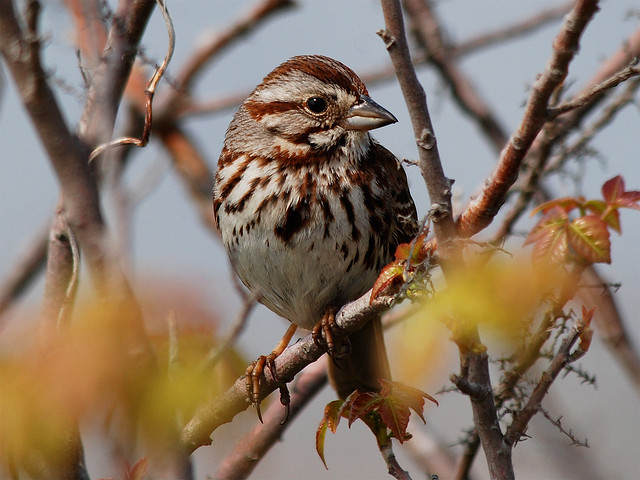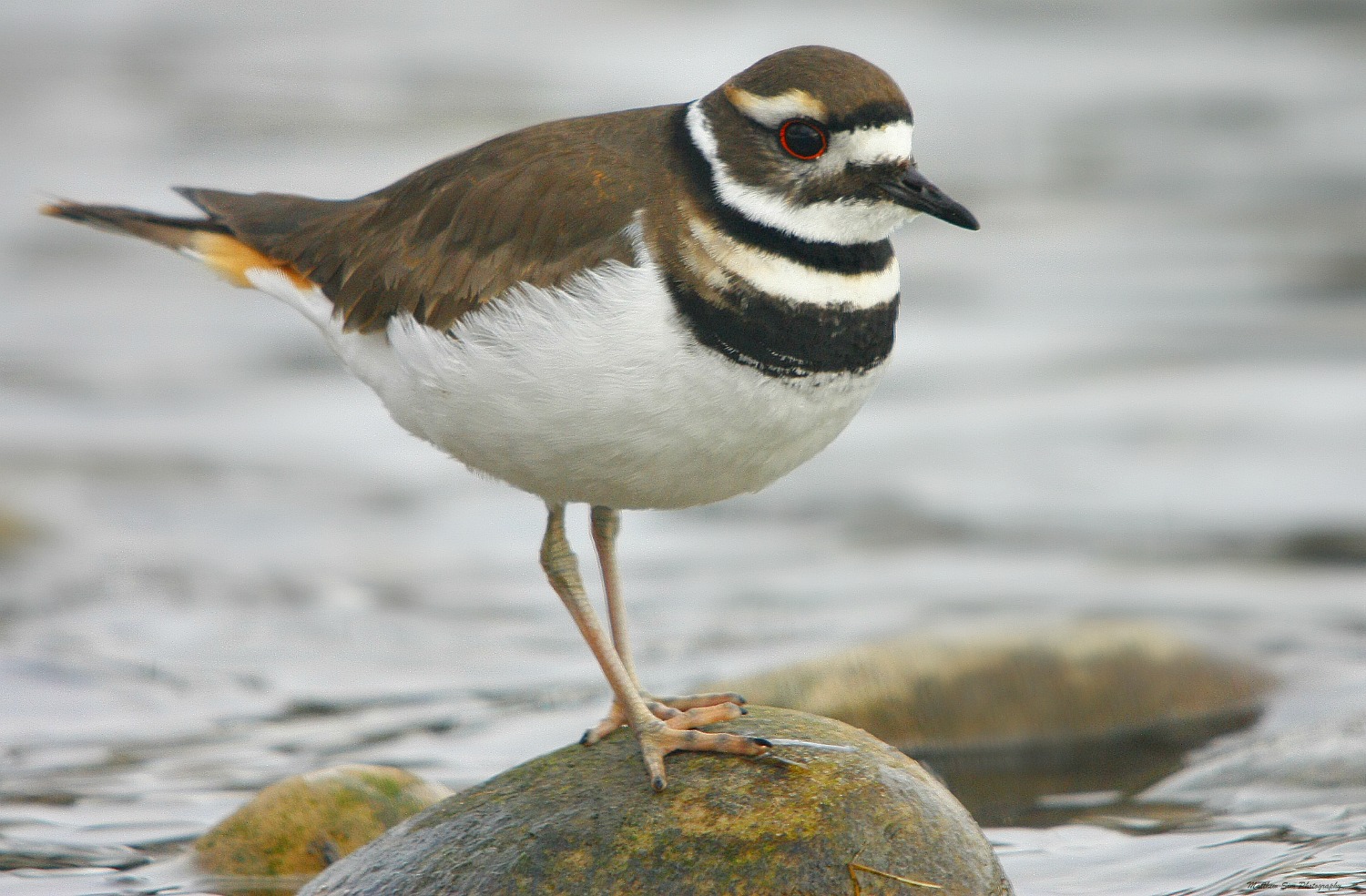The North River, which empties into the sea between Scituate and Marshfield, MA, is a lovely paddle. I began on an August afternoon at the Driftway, close to the mouth, and rode the incoming tide upriver into Stetson Marsh, where I camped on an "island." The next morning, I headed upriver--on the tail of another rising tide--into Herring Brook, continuing until I could not make much progress nor find my way. Total distance (one way) was twelve miles or so. Coming back, I landed on private property to pull the boat out. There is supposed to be public access up the neighboring tributary of Indian Head Brook, and also back down high on the North River proper. (Adventures not relevant to this blog are described in my other blog, which includes overlapping media.)

It is unwise to take a sixteen-foot kayak into a brook only five feet wide. At one point I was forced to climb out and swim the boat backwards because there wasn't room to turn it around. Here I am hip-deep and not particularly happy, and here is my view of the boat.
Larger powerboats rule the watercraft around rt 3A.
Above the area of marinas near rt 3A.
Drifting with the current. At the end you can see that the marsh sediments built up
gradually, layer upon layer.
gradually, layer upon layer.
Unpeopled Spartina marsh.
Birds sang out of sight in the cattails, but iNaturalist later helped me name them Marsh Wrens. Narrow-leaved cattail, unlike its sibling the common cattail, does well in brackish water.
Campsite, and landing place.
Looking over the marsh in the evening.
Watching the river; current still moving upriver.
Nearing sunset at the campsite.
I think of Spartina (cordgrass) as salt marsh species, but this one, Spartina pectinata or prairie cordgrass, is happy in freshwater wetlands. Stamens dangling in the breeze show it is in flower.
Cattail is an iconic plant of pond edges and freshwater marsh;
of the two common species, this one is narrow-leaved cattail, Typha angustifolia.
Cattail is increasingly outcompeted by the tall, plumed grass, Phragmites australis (look for it on roadsides), but this is a good, healthy marsh in which pure stands of Phragmites, while present, take second place in coverage.
Switchgrass (Panicum virginicum) at the campsite is familiar from roadsides and my own yard.
I think of bayberry as a shrub of open fields, but I see it's happy on higher ground in marsh, also.
Three-square or chair-maker's rush (Scirpus americanus)--actually a sedge rather than a rush--
has flowers that emerge from the side of the stem.
Packed and ready to set off once more--with the requisite giant mug of coffee.
Barn swallows in the marsh, then, disturbed, flying over the river.
(They are very difficult to capture in flight; you'll have to take my word for it!)
Another Scirpus--maybe S. validus, soft-stemmed "rush."
Some people richly enjoy the river.
A water weed I don't know.
First glimpse of the bright-green, emergent grass that will become my nemesis.
Cattail, perhaps soft rush, and a white-flowered plant I found was water hemlock.
(Of water hemlock: "all parts of the plant are deadly poisonous if eaten.")
Arrow-shaped leaves of Sagittaria, above, could be mistaken for the purple-flowered plant below, called pickerelweed (Pontederia cordata), with its un-barbed leaves.
Brook narrows, and becomes increasingly clogged with grass.

A handsome grass I do not know.
Cardinal flower (Lobelia cardinalis) is conspicuous in the marsh, if not common.
Damselflies (dragonfly cousins) mating. Some can manage such gymnastics in flight.
It is unwise to take a sixteen-foot kayak into a brook only five feet wide. At one point I was forced to climb out and swim the boat backwards because there wasn't room to turn it around. Here I am hip-deep and not particularly happy, and here is my view of the boat.
Going back downriver; great blue heron and egret.



































_-Santa_Cruz_-Puerto_Ayorto_c.jpg)
